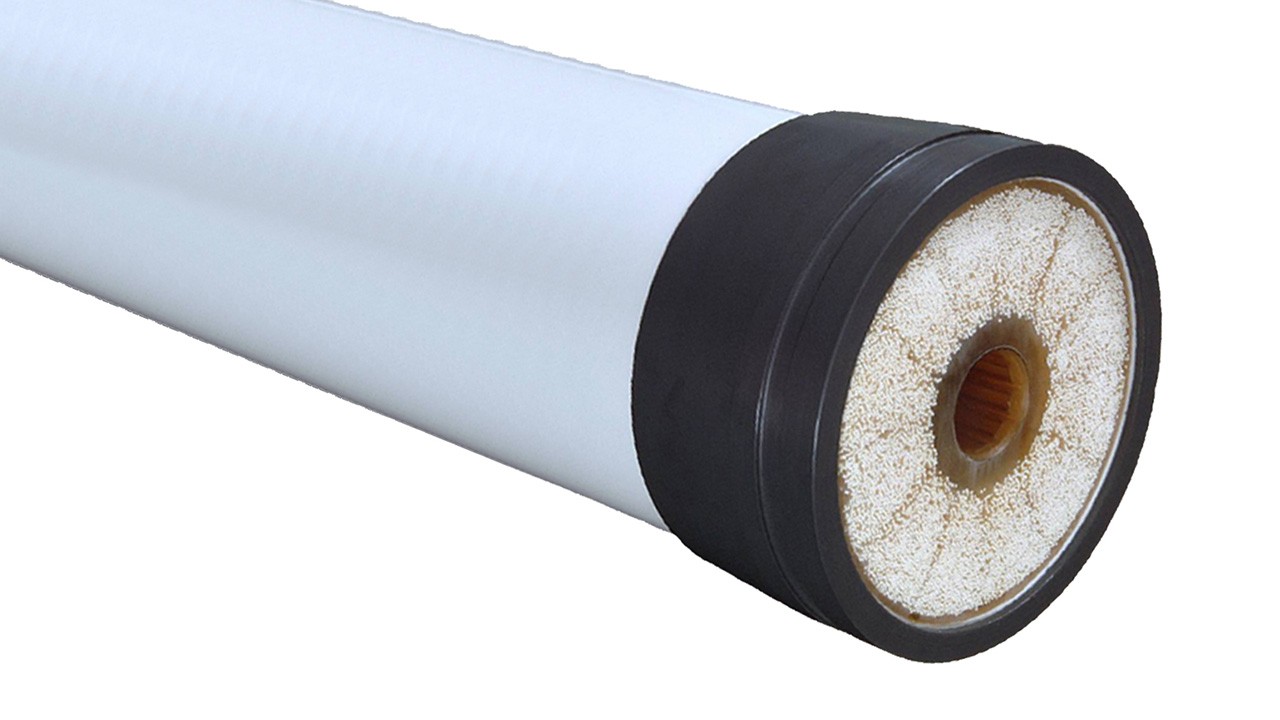- Home
- Our Technology
- Nanofiltration
NANOFILTRATION
Nanofiltration effectively removes dissolved contaminants from water, including pesticides, herbicides, pharmaceuticals, viruses, bacteria, and other pathogens, ensuring the safety of drinking water.
Recommended by the World Health Organization (WHO), nanofiltration is crucial for maintaining water quality (Source: WHO Guidelines for Drinking-water Quality).
Interested in finding out what products we have for nanofiltration? Check our Filtration Spectrum or contact us.
Water Treatment
Nanofiltration is utilized to eliminate bacteria, viruses, and organic molecules from water, to help ensure a high-quality, safe drinking water supply.
Industrial Wastewater Treatment
Nanofiltration removes contaminants and pollutants from industrial wastewater, facilitating safe discharge or reuse. Advanced materials,, demonstrate high efficiency in filtering organic pollutants from water.
Food and Beverage Processing
Nanofiltration purifies and concentrates fruit juices, milk, and other products, while also helping to eliminate unwanted flavors and aromas.
Membrane Characteristics and Maintenance
Nanofiltration membranes possess nanopore sizes, enabling selective filtration based on size and charge. Optimal system performance necessitates proper design and maintenance, including regular membrane cleaning and replacement to prevent fouling and other issues.
Energy Efficiency
Though nanofiltration can be energy-intensive due to high-pressure requirements, advancements in membrane technology and system design, such as spiral-wound membranes and energy recovery devices, contribute to more energy-efficiency.

